|
The BBC have long been accustomed to producing high quality historical drama and Wolf Hall, the sumptuous serialisation of Hilary Mantel`s Booker-winning novel is no exception. Mark Rylance plays Thomas Cromwell with measured understatement and I was pleased to hear him open up on the latest edition of BBC Radio 4`s Desert Island Discs (another personal favourite). Well worth a listen. When I then stumbled across Waldemar Januszczak`s wonderfully enthusiastic exposition of Hans Holbein the Younger in a BBC Culture Show specially produced to coincide with Wolf Hall, it really made my day. I`ve long been an admirer of this artist, perhaps the first true `realist` portrait painter, and a man it turns out who had a fabulously exciting artistic odyssey chronicling the lives of the great and the good of Tudor England - whilst managing to avoid having his head chopped off. German by birth, this "genius who looked like a farmer" had two lengthy spells in England. The first time he was taken under the wing of Sir Thomas More, for whom he painted this marvellous portrait which hangs in the fabulous Frick Museum in New York. His rendering of those vermilion velvet sleeves is masterful. The face has a sad intensity about it. As if the sitter knew what was in store for him. Holbein was apparently a house guest of the great man during this first visit, and he also painted him with his family. Alas Sir Thomas More would not survive his disapprobation of Henry`s impending divorce to Catherine of Aragon. Holbein with no little sleight managed to inveigle himself with the up and coming Boleyn family and the increasingly influential Thomas Cromwell. His portrait of Cromwell could not be less flattering. It hangs on the other side of the fireplace at the Frick and Januszczak points out the mean inscrutability of the likeness. Quite a brave man to deliver such a portrait at a time when your head could be lopped off for much less! For King Henry VIII himself however political expediency seems to have won the day with Holbein, who had once again miraculously managed to sidestep the fall from grace of both the Boleyns and Cromwell to become appointed one of the King`s court painters. Here is his famous life size portrait. It is famous as much for the physical stature with which he imbued the king as for the bravura of the paintwork. Henry`s subsequent reputation as a sizeable man must have owed a lot to this portrait. Just look at the abnormal breadth of his shoulders - as wide as a barn door. Good with a bow the King was, we`re told. Strong. Well, looking at this he could easily be playing prop for England in the 2015 World Cup! Holbein also carried out several commissions to paint existing (and potential future) wives for Henry. In this pre-selfie age the importance of this cannot be underestimated. The King could not simply drop affairs of state to treck around Europe checking out the talent. He very often had to rely on paintings given to him. This seems to have worked well until the unfortunate 24 year old Anne of Cleves. The portrait done by Holbein must have flattered the subject. The marriage having already been arranged, upon first seeing her in the flesh apparently Henry`s jaw dropped and he felt physically repulsed. (The marriage was never consummated, the match annulled, but at least she lived to tell the tale). Again, a dangerous situation if you are the painter responsible? But Holbein survived that one, too. My own favourite of Holbein`s paintings is The Ambassadors, that gobsmacking creation that hangs in The National Gallery. Januszczak comments about Holbein that he "gave Tudor England an extraordinarily active presence; he made it feel real". To me this painting exquisitely conveys this. A huge canvas depicting two French ambassadors together with various accoutrements - a globe, measuring instruments, a lyre, books. Whenever I see it in person I am mesmerised by the incredible verisimilitude of the carpet which is draped over the sideboard. What brings the crowds to see this masterpiece is of course the distorted skull which hogs practically fifty per cent of the foreground of the composition. From face on it appears no more than an elliptical ivory grey streak. Move to the extreme right of the canvas and look back from above (as the crowds of course do) and the streak miraculously forms itself into a perfectly rendered human skull. Quite what the ambassadors themselves made of this, we will never know. Holbein`s paintings were often full of symbolism and art commentators (including Januszczak in the BBC programme) have long debated the significance of this unique device. For sure the skull signifies mortality, reminding us that worldly trappings must all come to an end. But why the distorted shape? Is it some secret symbol? An ironic statement? Surely not - the image is so dominant it can hardly be described as `secret`. I prefer to think that Holbein, wishing - like many artists of that time - to include a skull to demonstrate the ineluctability of mortality, was simply bored with a regular rendition. How much more interesting to paint it as an anamorphic shape! And what an original way to demonstrate your artistic virtuosity. This is the painting of a man with a huge ego as well as an incredible facility of draughtsmanship.
What a time to live. What a time to be a court painter. I wonder if Holbein will make a cameo appearance in the next episode of Wolf Hall? Perhaps not. This time around it is the BBC cameraman - and the costume department - that hold all the aces.
0 Comments
The sport of golf has inspired many famous paintings. Perhaps the most well known is "The Golfers" by Charles Lees. Lees was a Scottish portrait painter who turned later in his life to sporting and recreational paintings, notably golf and curling. This painting depicts the foursomes match between Sir David Baird and his partner Sir Ralph Anstruther against Major Hugh Lyon Playfair and John Campbell esq. which took place during the Royal and Ancient Autumn Meeting in 1844. The setting is apparently the 13th or `Ginger Beer` hole on the Old Course at St Andrews. Copies of this work hang in many different golf clubhouses but the original is owned by the Scottish National Portrait Gallery. It was the fashion in those days to include the likenesses of many of the `great and good` in sweeping canvas compositions. No doubt whoever commissioned this work prescribed to the artist a clear list of those people whom they wished to be featured? As a portraitist it must have been natural for Lees to combine this approach with the landscape setting. My own favourite golf painting hangs in the dining room of the Royal and Ancient Clubhouse in St Andrews. Entitled `Rainy Day` it depicts a group of spectators huddled under umbrellas in squally weather on what looks like one of the outward holes of the Old Course. A player addresses his ball as the rain sweeps in and a clearing in the sky illuminates the horizon against which the silhouette of the town can be seen.
It is a marvellously atmospheric composition painted in earth tones and greys and blacks. Anyone who has played golf in those conditions will immediately empathise - though as it is hanging in the dining room it can be surveyed whilst basking in the comforting glow of a glass of fine wine. As a keen golfer I have been meaning to do a golf painting for a while now. I finally got the opportunity when a good friend sent me a photograph of him at Muirfield; this ended up as a 50th birthday present to him from his wife. Landscapes are a new thing for me and I found the links grass a bit of a challenge to capture. I rather cheekily included in the foreground myself and a mutual golfing friend - thats us watching him hit his tee shot. Anyway, the gentleman appears happy with it, and I am planning to do more golf themed paintings soon. Dear Reader, if you have ever wanted to paint but didn`t know where or how to start, fret not. Salvation is at hand. You are but a few clicks away from enfranchising the creative part of your cerebellum. As a self-taught artist I have spent a fair amount of time surfing the web magpie-like attempting to lift useful snippets of advice about how to paint. As you might expect there is no shortage of stuff out there. Youtube in particular has an abundance of video footage. Alas, much of it is dross. The few obviously accomplished artists are unwilling to open up sufficiently to unlock their `secrets`, are inarticulate or are simply let down by poor production values. The old adage "Those who can, do. Those who can`t, teach" comes to mind. As is often the case with adages, happily there are some exceptions. One in particular worth checking out is Will Kemp and his art school. Will is a seriously gifted painter, classically trained and clearly more than good enough to make a decent living by painting, exhibiting and selling. It is our good fortune that he has also chosen to share his hard-won artistic expertise via his virtual art school. http://willkempartschool.com/ Here you can find a series of informative, downloadable (some of them free, others very good value) video lessons on drawing, acrylics, oils, colour, and many other key aspects. The quality of the footage is high, so that you can see each brushstroke, follow each step as the painting takes shape on the canvas. There is also a wealth of information on the practical aspects of setting up as a painter - those things that you need but nobody ever told you about properly: what mediums to use when, how to prepare a canvas, what brushes to use for what task, how to use colour, what kind of paints to buy etc etc. Even a very informative piece on what kind of lighting to use in your studio. Will avoids pontification or the patronising tone you so often come across. He is disarming, articulate, wise, kind, inspirational. One of the first of his courses I signed up for was "How to paint a portrait in oils" http://willkempartschool.com/how-to-paint-a-portrait-in-oils-time-lapse-video/ It was fascinating to follow the progress of this seemingly simple self-portrait. How paint can somehow impart `soul`, or at least a different kind of `truth` compared to the implacable cold focus of a photograph. As Philip Larkin said "But o, photography! As no art is/Faithful and disappointing". You can learn a lot about tone, light and shade and contrast by painting in black and white and I was happy with the improvements I felt this course had made in my own work. The painting below was a direct result of following Will`s advice. So I would just like to say a big thank you to Will for his wonderful tutorials, and encourage any of you who would like to improve on and/or begin their painting odyssey to check him out forthwith.
Woody Allen`s character in Annie Hall wittily adapted the adage, saying "Those who can`t do, teach. And those who can`t teach, teach gym". I`m delighted to say that Will Kemp (a) is not a gym instructor and (b) that he absolutely CAN do. |
AuthorSimon Dalby Archives
December 2023
Categories |
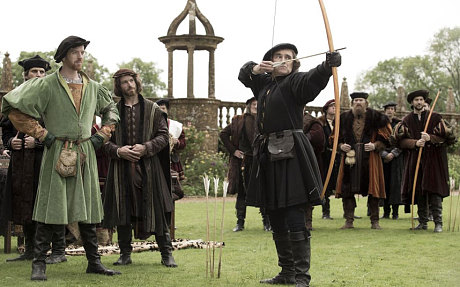
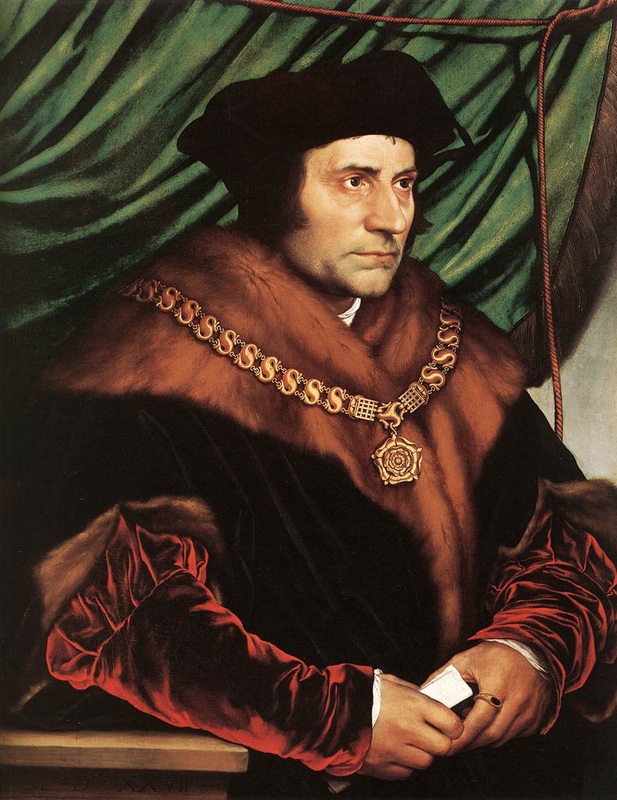
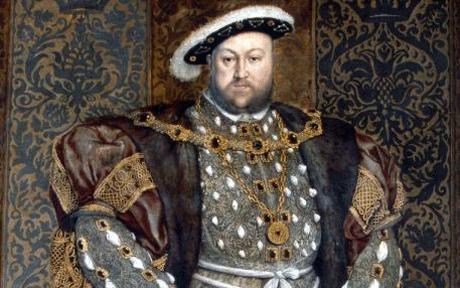
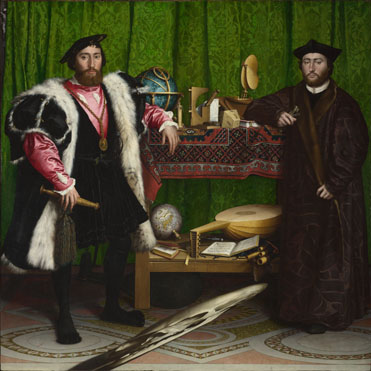
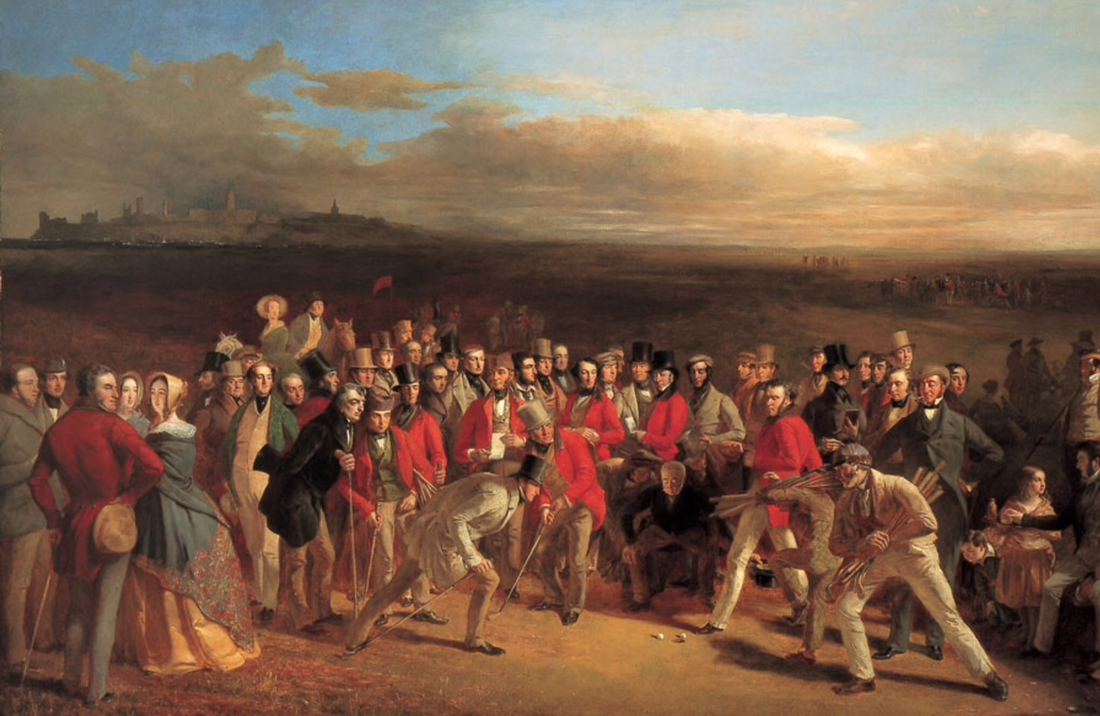
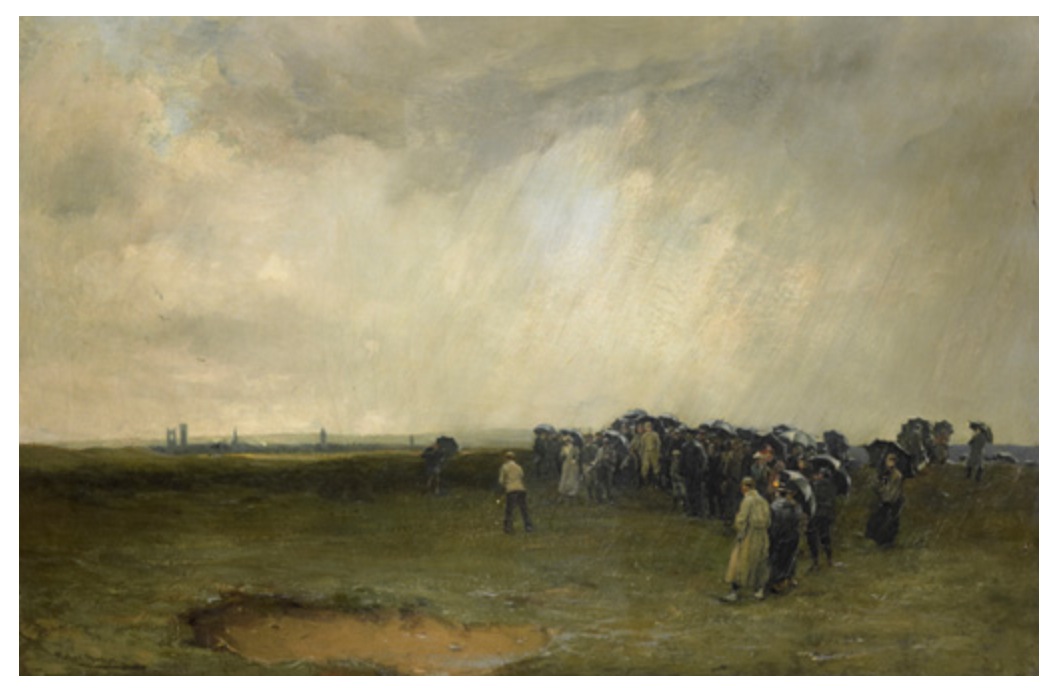
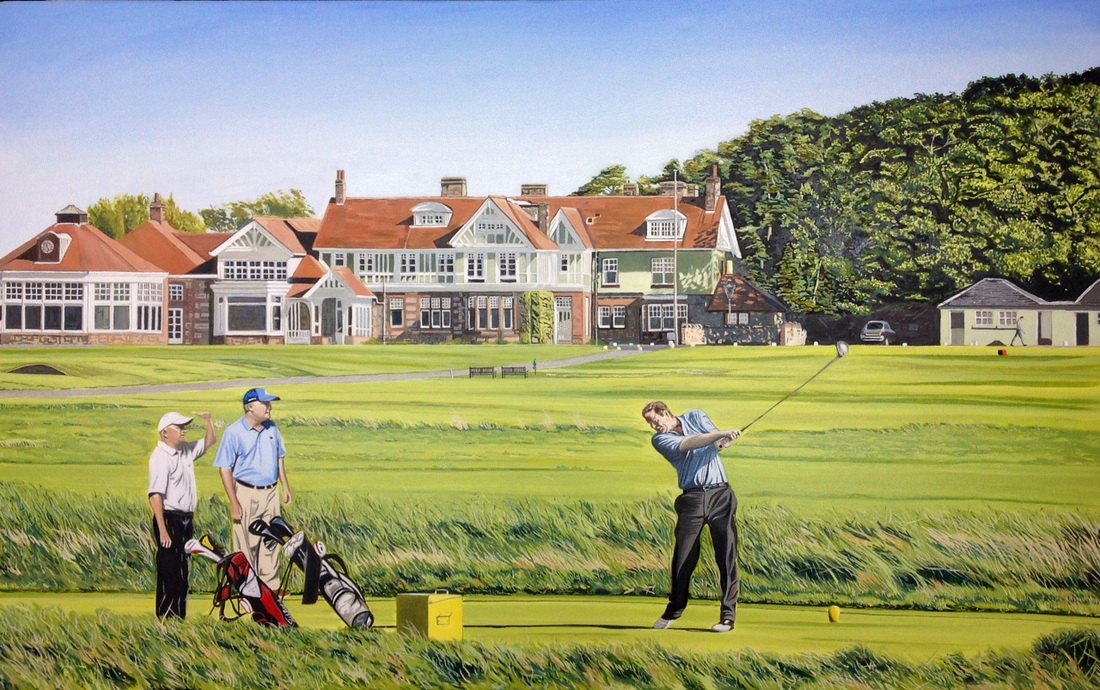
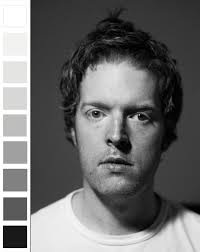
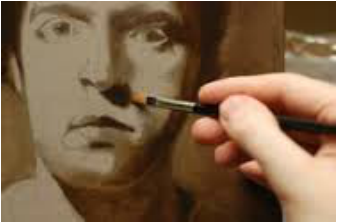
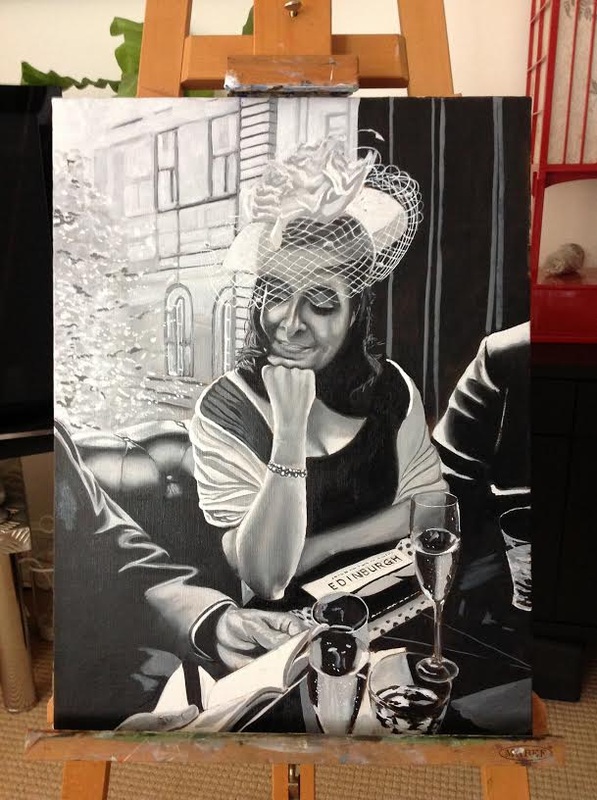
 RSS Feed
RSS Feed